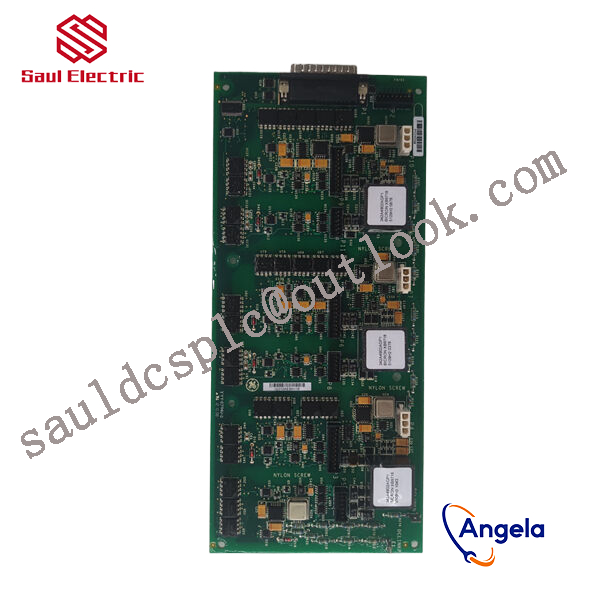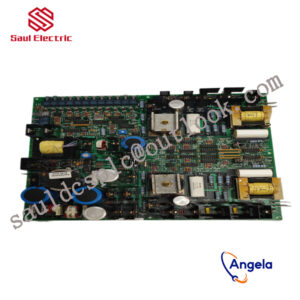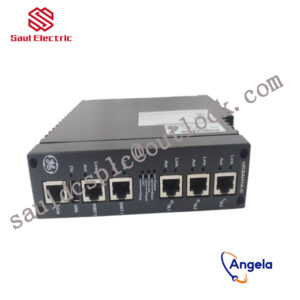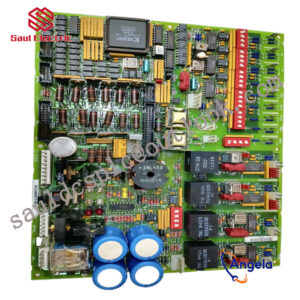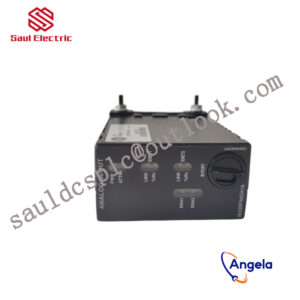Description
DS200TBQDG1AFF Product Introduction
The specific application scope of the product
will depend on the needs of system integration and industrial application, but generally speaking, this type of embedded controller module can be applied to the following categories:
manufacturing processes, etc.
monitoring and control system.
of the controller module, as well as the specific needs of the customer.
designed to manage gas or steam turbines.
It has a CIMPLICITY graphical interface and an HMI with software suitable for running heavy-duty turbines.
be installed at the bottom of the cabinet. For a small setup that is easy to serve a triple redundant system, up to three components can be installed side by side.
he board can operate within a temperature range of 0 to 65 degrees Celsius without the need for a fan for cooling. NFPA Class 1. This board can be used for two applications.
As the “wind vane” of China”s manufacturing industry, the CIIF is a grand show for enterprises every year. Many new products and new technologies displayed at the CIIF are creating more new industries and new business formats by empowering related industries. This year”s Industrial Expo has been rescheduled to the golden autumn for the first time. ABB, a big player in the industry, has brought fruitful results to the robot exhibition in a seasonal setting. As an industry media, the editor refuses to be amazed after a quick glance, but hopes to find n possibilities within the manufacturing industry and even beyond manufacturing, and to integrate vertical and horizontal directions.(ABB booth)In terms of intuitive impression, the design of ABB”s booth shows “carefulness”: the bridge design not only displays ABB”s new products and star products, but also a series of digital and collaborative automation solutions, and even contains ABB”s main concepts for future factories. We can see from it what the future of smart manufacturing will look like: human-machine collaboration, digitization, and simplified design, all of which aim to create flexible and efficient factories and also reflect ABB”s work with customers from now to the future.”Fundamental changes in the way we work: flexible automation”Bill Gates once predicted that robots will repeat the rise of personal computers and become the next technology to change the world. According to data released by ABB Media Conference, the growth rate of global robots in 2017 hit a new high for five consecutive years, with a growth rate of 29% compared with the same period in 2016. In terms of region, the Asian market grew at 255,000 units and 34%, ahead of the American market (50,000 units and 22% growth) and the European market (67,000 units and 20% growth). Among them, the demand in the Chinese market is strong, with 138,000 units added annually, a year-on-year increase of 59%, which has repeatedly demonstrated the unlimited potential of the Chinese market.In the process of transformation and upgrading of China”s manufacturing industry, we can see two worlds: on the one hand, the demographic dividend has disappeared, and the low-cost advantage of China”s manufacturing is no longer there; on the other hand, the manufacturing industry is turning to technological advantages, and there is still a need for certain factors such as capital and talent. During the accumulation period, “machine substitution” is the current shortcut for enterprises to upgrade that is easy to learn, easy to use, and yields quick results.As a foreign-funded enterprise that has entered China for development very early, ABB clearly sees this change. Ni Side, global head of ABB”s Robotics Business Unit, said bluntly that in the past, robots mainly served large enterprises, but now, robots have begun to serve smaller manufacturing companies. This means that robots that are easier to install, program and use will increasingly serve small and medium-sized enterprises, and customers need flexible automation to respond efficiently to rapidly changing market cycles.(Niside, Global Head of ABB Robotics Business Unit)The concept of “simplification, collaboration and digitalization” advocated by ABB Robotics is not only in line with the development trend of robots, but also can effectively solve the real pain points faced by customers.”Whether it is a global enterprise or a small and medium-sized enterprise, the factory of the future is characterized by flexibility, collaboration and digitalization to enable it. Simplicity is the main element of the factory of the future, which can maximize the power of robotics and flexible automation .” Steve Wyatt, Vice President of ABB Group and Head of Global Marketing and Sales of ABB Robotics Business Unit, said, “To simplify things, we now use global standards to easily integrate solutions. The “intuitive robotics technology” adopted by ABB can enable factories to Shop floor processes are as easy as using your smartphone.”
DS200PLIBG2ACA From General Electric in the United States
IS200ICIAH1ABB High performance processor module GE
IS200ERDDH1ABA From General Electric in the United States
DS200SHVMG1A I/O excitation redundant module GE
IS200VCMIH1B Gas turbine system Mark VI
IS200VCCCH1B High performance processor module GE
IS410STCIS2A I/O excitation redundant module GE
IS200VVIBH1B Gas turbine system Mark VI
IS210AEBIH1ADB Processor/Controller Mark VI System
DS3820PSCB1C1B From General Electric in the United States
DS200PCCAG7A High performance processor module GE
IS200BPIIH1A Gas turbine system Mark VI
IS215WEMAH1B High performance processor module GE
DS200TCQAG1B Gas turbine system Mark VI
IS230TDBTH6A GE power control board
IS220PPROH1A From General Electric in the United States
IS200DSPXH1D From General Electric in the United States
IS200TBCIH1B From General Electric in the United States
IS220PAOCH1A High performance processor module GE
IS200VCMIH2B GE power control board
IS200ESELH1AAA I/O excitation redundant module GE
IS200PSCDG1A GE power control board
IS215UCVEM08B High performance processor module GE
IS200ICBDH1ABB High performance processor module GE
DS200ACNAG1A Gas turbine system Mark VI
IS200TBAIH1C High performance processor module GE
IS200DSPXH1DBD Gas turbine system Mark VI
IS200ERGTH1AAA From General Electric in the United States
IS200IGPAG2AED Processor/Controller Mark VI System
IS220PAICH1A Gas turbine system Mark VI
IS420UCSCH2A GE power control board
IS420PUAAH1A I/O excitation redundant module GE
DS200TCDAG1PR5A High performance processor module GE
IS200RAPAG1A High performance processor module GE
IS200DAMDG1AAA I/O excitation redundant module GE
IS200EPSMG2ADC GE power control board
IS200HFPAG1A I/O excitation redundant module GE
IS420YDIAS1B I/O excitation redundant module GE
IS200RAPAG1A From General Electric in the United States
IS210AEAAH1B High performance processor module GE
IS210AEAAH1B Gas turbine system Mark VI
DS200SLCCG4A High performance processor module GE
DS200ADMAH1A High performance processor module GE
IS215UCVEM01A High performance processor module GE
IS210MACCH2A High performance processor module GE
IS410JPDHG1A High performance processor module GE
IS215VCMIH2BB From General Electric in the United States
IS220PDIOH1B High performance processor module GE
GDS1168-PFF-PA-NF From General Electric in the United States
IS200IGDMH1AAA Processor/Controller Mark VI System
IS200TVIBH2B Gas turbine system Mark VI
IS220PSCAH1A Gas turbine system Mark VI
IS220PPDAH1A High performance processor module GE
IS420USBH1A I/O excitation redundant module GE
IS410STCIS2A GE power control board
IS200STCIH6AED Processor/Controller Mark VI System
IS200VTURH2BAC Processor/Controller Mark VI System
IS200VRTDH1B Processor/Controller Mark VI System
IS200SRTDH2ACB GE power control board
IS215AEPCH1C Processor/Controller Mark VI System
IS220PAOCH1A Gas turbine system Mark VI
DS200DTBDG1ABB GE power control board
IS420UCSCH1B Gas turbine system Mark VI
DS200PLIBG1ACA High performance processor module GE
IS200SSBAG1A GE power control board
IS200STAOH2AAA GE power control board

